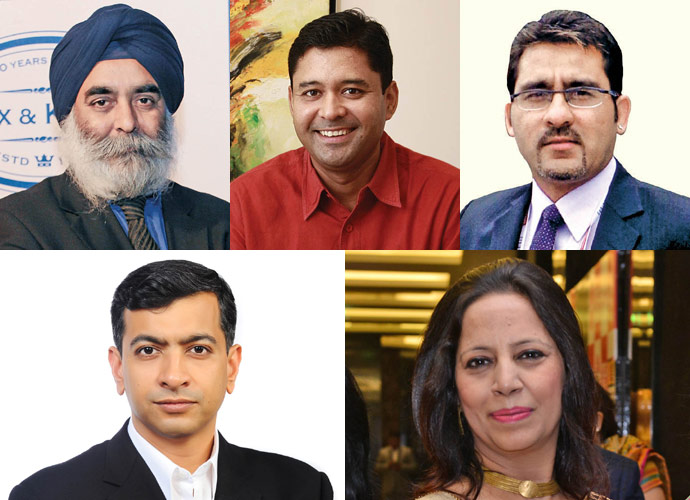The spending capacity of Indian travellers varies from the type of traveller and the duration of travel to the destination. An overall rise has been seen in the amount being spent on travel and its ancillary services across segments like FITs, adventure travel and luxury travel.
“A recent survey conducted by Yatra.com suggests that the rupee stability has allowed 22.6 per cent people to increase their capacity to spend above Rs. 50,000 per person on travel. Though most of the travellers are spending time and money planning international vacations, domestic travel for shorter trips is also on the rise which is considerably more affordable,” says SharatDhall, Chief Operating Officer (B2C), Yatra.com. PankajNagpal, MD, Travstarz Global Group, points out a marked change in the spending pattern of Indians – a gradual shift from a saving economy to a spending economy — especially among the young which forms over 65 per cent of the population today. Nagpal says, “Typically, this has translated into longer duration of vacations, staying in better quality accommodation and exploring all that the destination has to offer.” Elaborating further, SaminaMunshi, Director, N. Chirag Travels, explains that Indian travellers are clubbing multiple destinations in a single itinerary and thus spending more. “Indians are perhaps one of the biggest spenders during their travel (rough estimates can range from $100-$300 a day) given their love for shopping and dining,” she says. According to Ranjeet Oak, Chief Business Officer-Holidays, MakeMyTrip, the spending capacity of an Indian FIT traveller is around Rs. 60,000 per person, adventure traveller is around Rs. 1,10,000 per person while luxury segment travellers spend around Rs. 1,50,000 per person.
Receptive Travellers
The top drivers for the choice of destination are different cultural perspectives, activities available to engage in, as well as the ongoing season, believes Munshi. The industry points out that for FIT segment South East Asia, Dubai, Canada along with European countries still remain most popular. “With a significant growth in outbound travel to less explored cities, it appears that Indians are keen to make the transition from a wide-eyed tourist to a more receptive traveller. Eastern European countries are coming to the fore and we have witnessed a surge in inquiries for Scandinavian countries. I believe South American countries are among the fastest emerging destinations,” she says. Dhall points out Goa, Kerala and Rajasthan as the most popular destinations for FITs on the domestic front while domestic cities like New Delhi, Mumbai, Rishikesh and Kerela and international destinations like Amsterdam, New York, Athens, Barcelona, Paris, Bali, Rome, Las Vegas and Singapore, are becoming popular amongst adventure travellers. He says, “The luxury travellers are showing appetite for exotic international destinations like Australia, New Zealand, Mauritius, Bali, Seychelles, Maldives as well as the ever popular Dubai and Thailand.” Karan Anand, Head-Relationships, Cox and Kings, points out, “Among existing high-density tourism destinations, Dubai, Thailand, Singapore and Macau are introducing new products and reinventing themselves with the changing Indian outbound market.”
Booking Trends
Flight bookings have predominantly moved online to the point where people prefer using the smart phones over desktops. “However, it is important to point out that when clients try to customize itineraries for unique holidays, they appreciate the guidance of a travel advisor. We are witnessing a combination model – companies which will thrive would have a strong online presence for brand recognition, showcasing the product and a strong customer serving team offline for execution. It’s staggering to see how a considerable number of people search for itineraries online but actually make their purchases offline,” says Munshi.
Segment Growth
Oak elaborates that the FIT segment has been growing at 15 per cent year-on year and the introduction of international low-cost carriers like Air Asia, Tigerair and Scoot Airways has propelled growth in this segment further. The adventure travel segment is growing steadily at 5-10 per cent. Oak says, “Indian consumers now look at travelling as an investment. They have a travel ambition and travel has become an inseparable part of the experiences they want to have. Also, Indians are adding activities and local experiences and are on an average spending 10 per cent more days per trip.” He further explains that the luxury traveller continues to pay high attention to the property type, like unique water villas or a villa with a private pool, as a big deciding factor. Anand adds, “FIT is growing at 30 per cent; luxury at 20 per cent and adventure at 15 per cent respectively
 TravTalk India Online Magazine
TravTalk India Online Magazine








